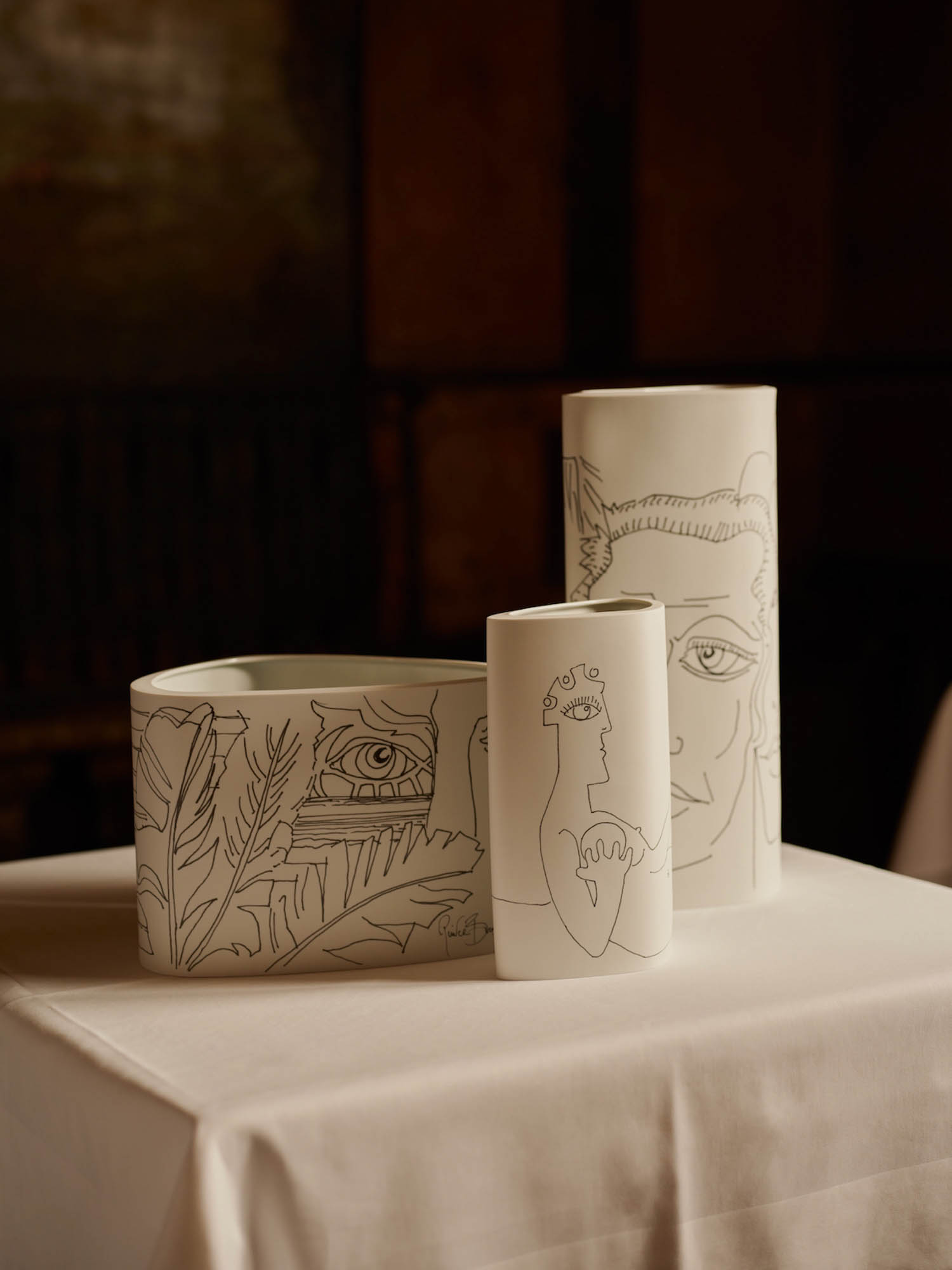How 3-D Printing is Revolutionizing Design
In the past year advances in 3-D printing have been making headlines around the world with sensational news of “Scientists Build Artificial Ear that Looks and Works like the Real Thing—Using Cells from Sheep and a 3D Printer” and “ 3D Printed Plastic Rifle Successfully Fires 14 Rounds—As Gun Advocates Predict It Will Force Changes in the Law.” President Obama lauded 3-D printing with “the potential to revolutionize the way we make almost everything,” in a message that reached 33.5 billion Americans during his 2013 State of the Union address.
Amid predictions of engendering a new Industrial Revolution, the number and variety of applications for this technology have been growing steadily, fueled by ever-increasing innovations and market speculation. 3-D printing is now being explored by industries ranging from medical, aerospace, and architecture to food, fashion, art, and design, with most tangible advancements being made in studio practice. But what exactly is 3-D printing and how does it work?
 |
About the Author
Ronald T. Labaco is Marcia Docter Curator at the Museum of Arts and Design in New York. He is currently organizing the exhibition “Out of Hand: Materializing the Postdigital” (October 16, 2013 – July 6, 2014).




